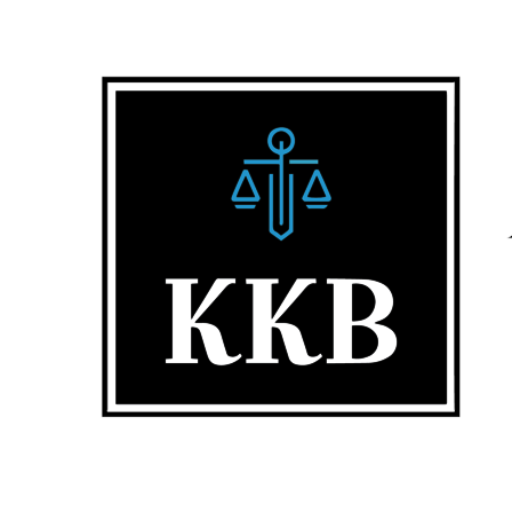According to section 5 of the Law of Limitation Act CAP 89 R.E 2019, the actual date of the dispute is when the cause of action arises. . Accordingly, such an action must be brought within six (6) years of the breach, as provided in Item 7 of the schedule to the Law of Limitation Act.
According to what is provided under section 7 of the Law of Limitation Act CAP 89 R.E 2019, this period can be extended in cases of a “continuous breach of contract,” where the contractual obligation requires ongoing action. This concept differentiates between a continuing breach, which generates a fresh cause of action with each occurrence, and continuing damage, which does not. Examples of continuing breaches include recurring payment obligations like rent or interest.
A continuing breach, as established in the case of HOLES V. CHAD UNION, 1984 1 CH D. 293 3561, arises from repeated acts or omissions similar to the initial breach, postponing the limitation period’s commencement. This distinction is crucial, as it allows for legal action beyond the standard six-year timeframe when a contractual obligation is persistently violated, rather than suffering a single, isolated breach with lasting consequences.
CONCLUSION While Tanzania’s Law of Limitation Act establishes a six-year limit for breach of contract claims, the concept of a “continuing breach” offers a crucial exception. This exception applies when a contractual obligation mandates ongoing actions, effectively resetting the limitation period with each repeated breach. Distinguishing between continuing breaches and continuing damages is essential, as only the former creates fresh causes of action. Therefore, understanding this distinction is vital for litigants, as it determines


